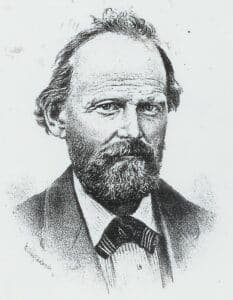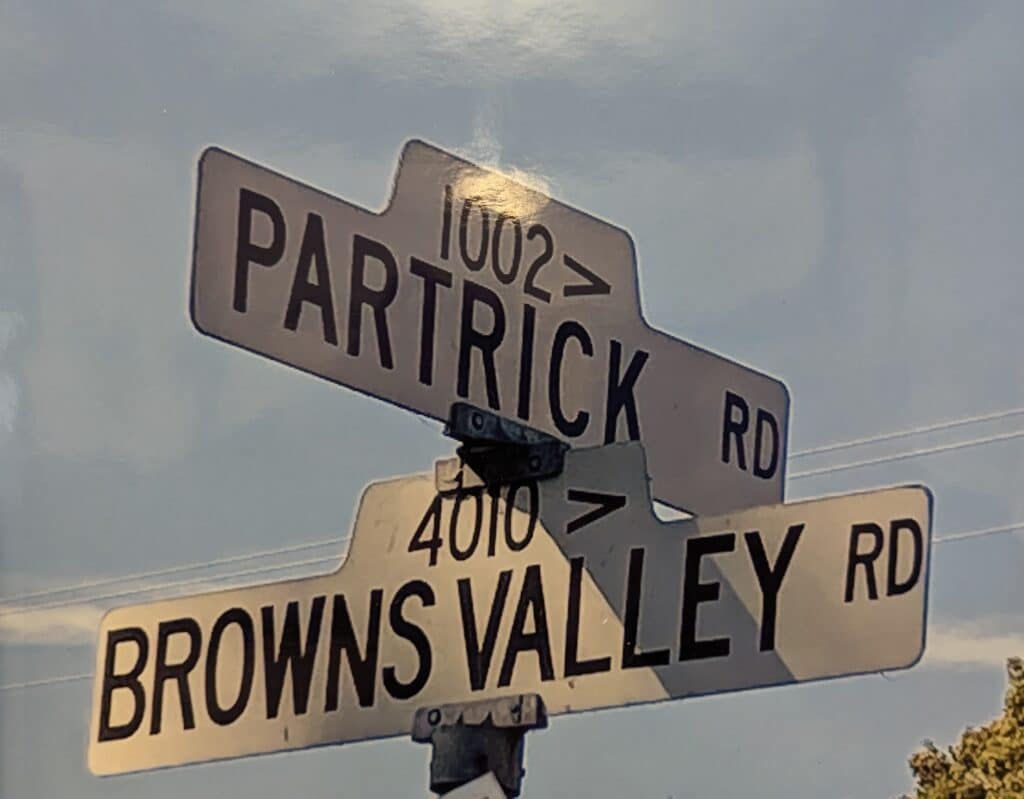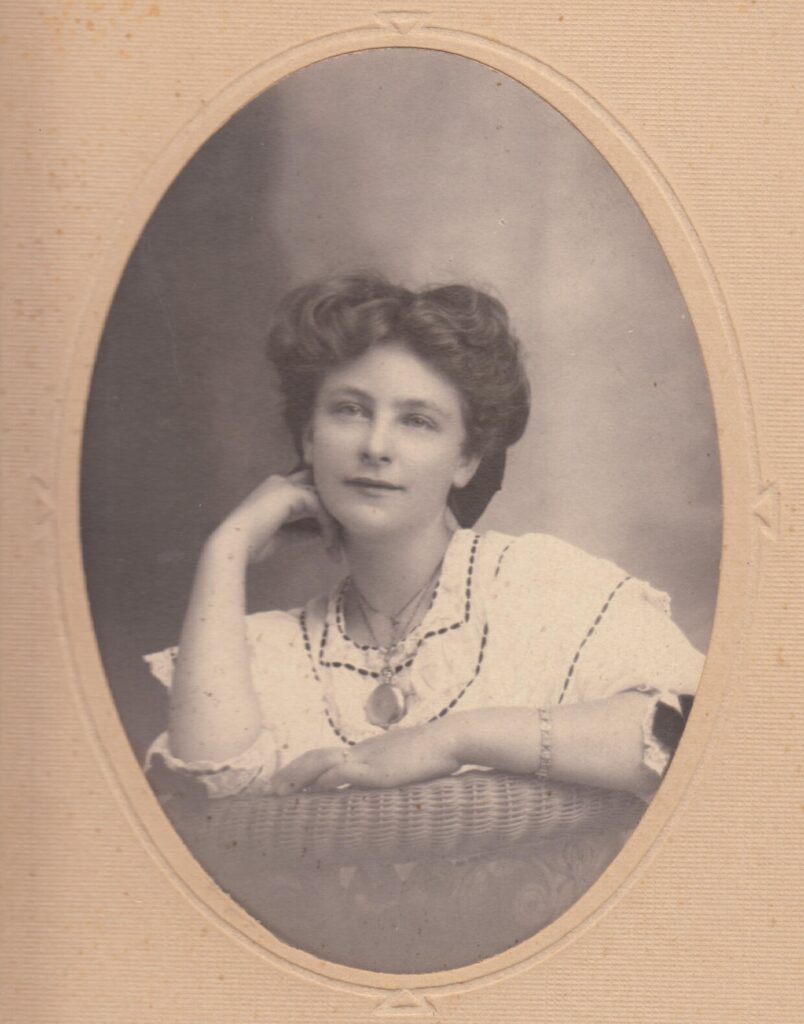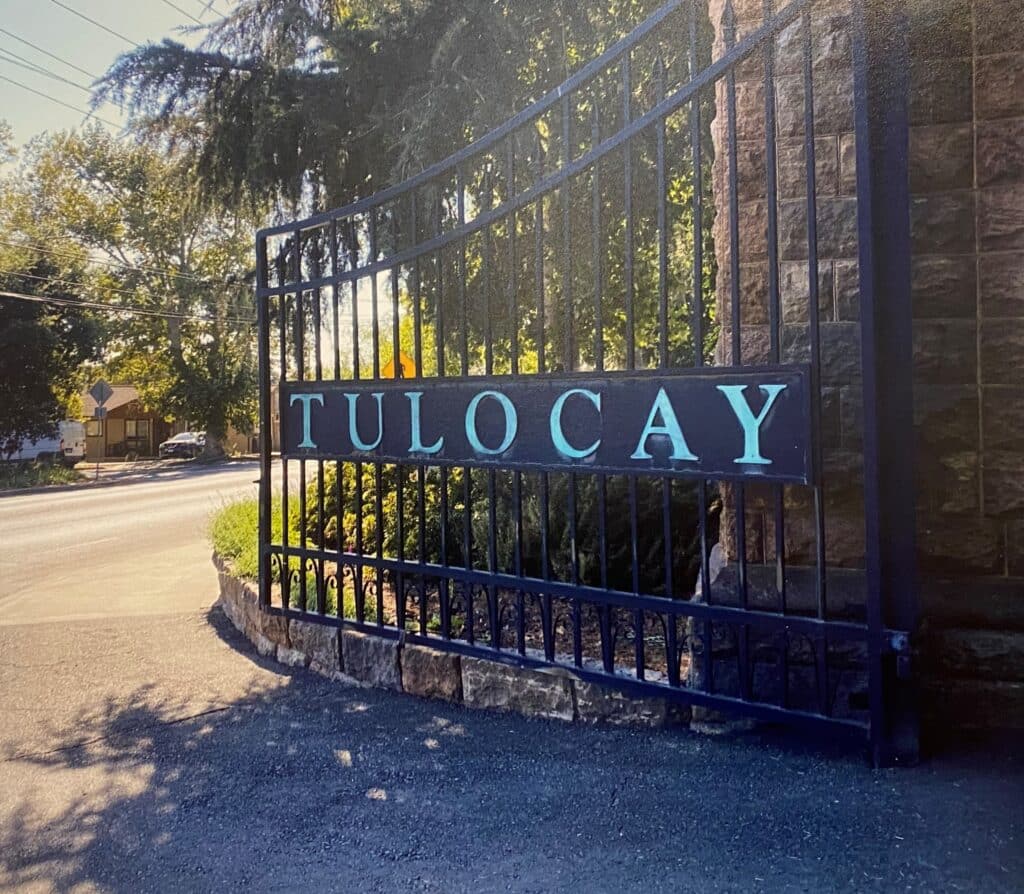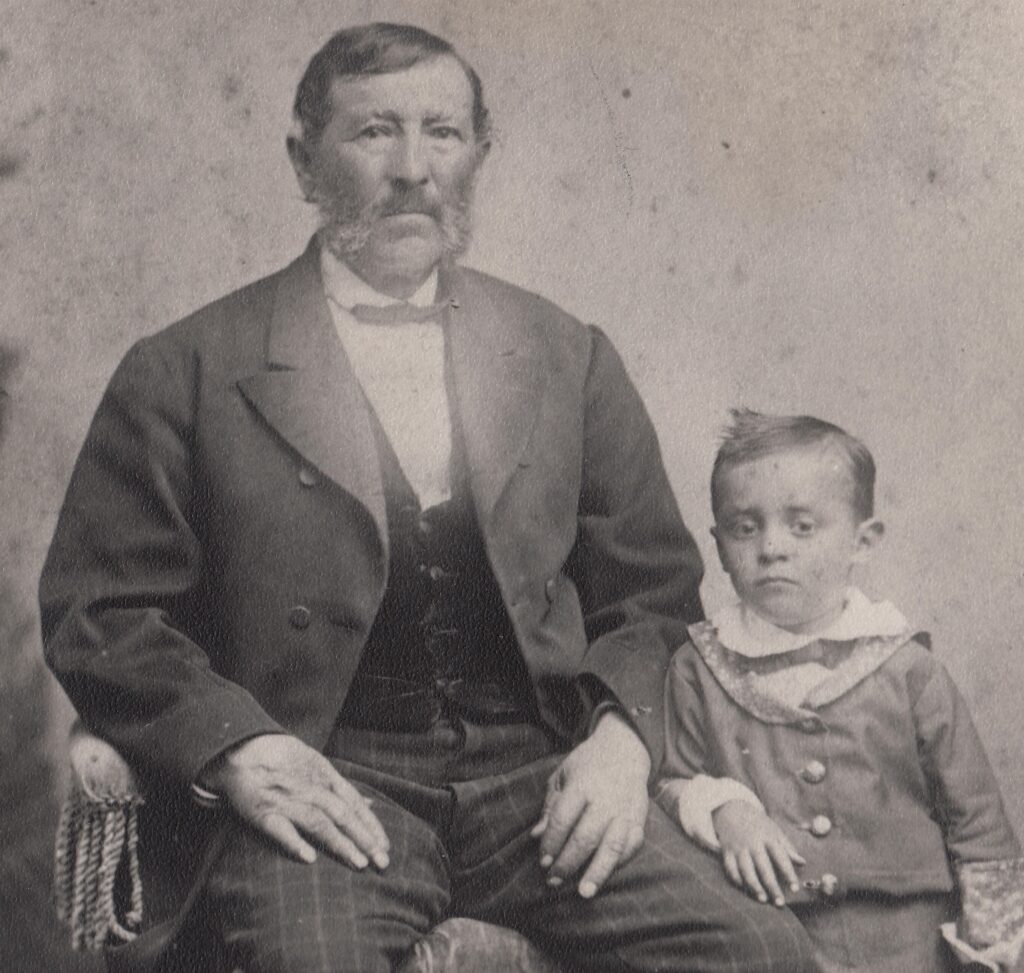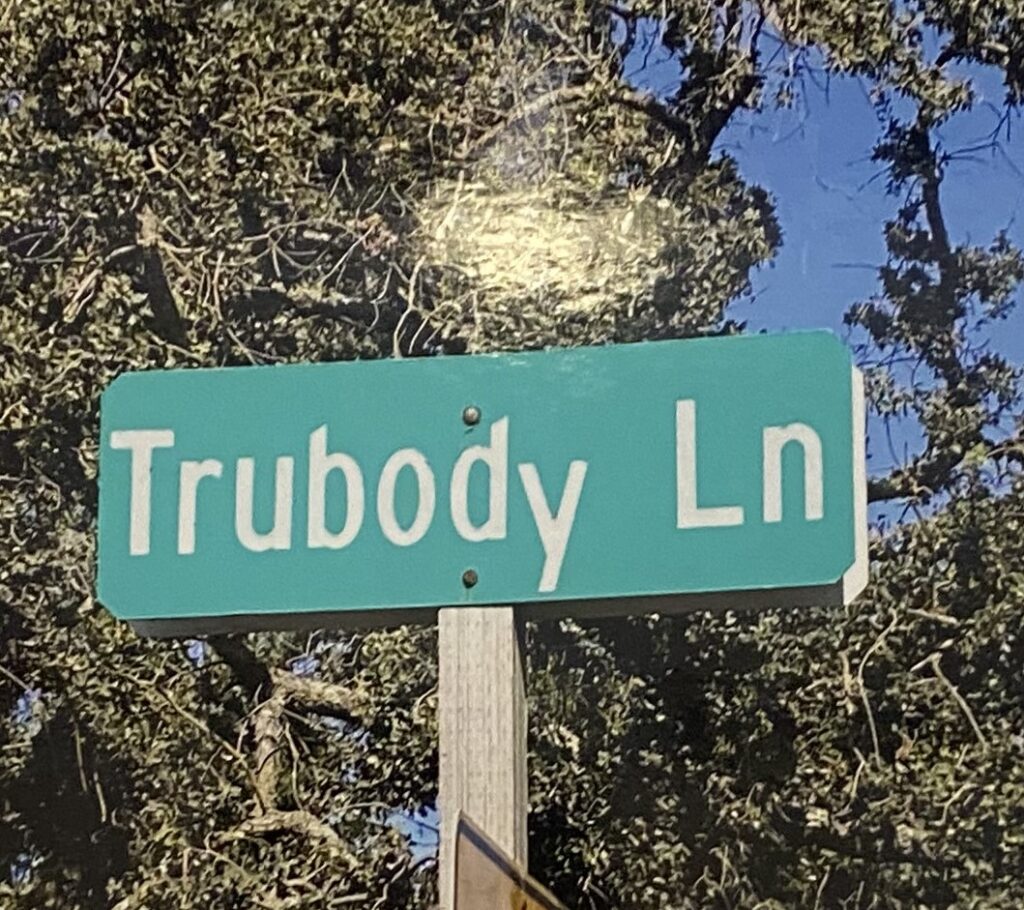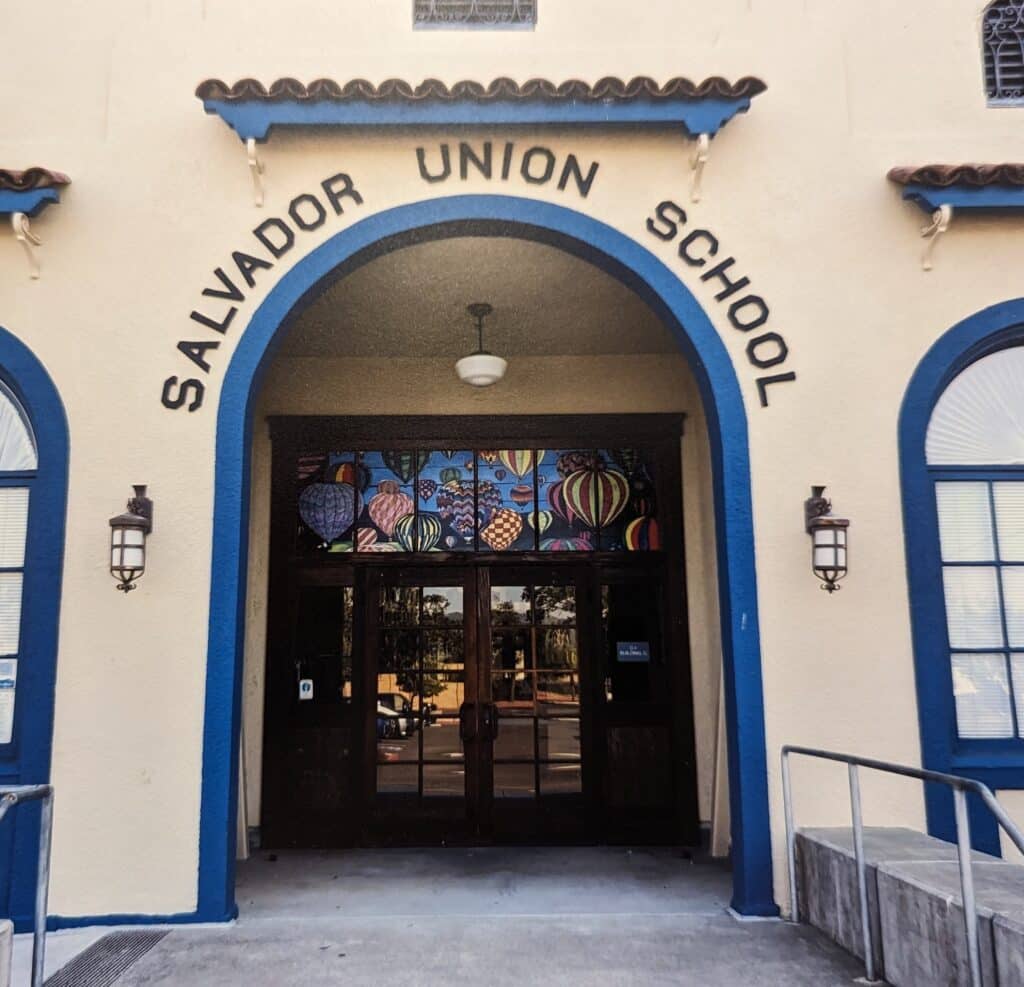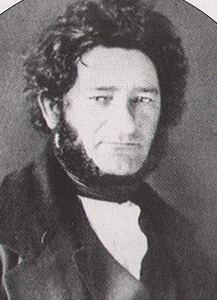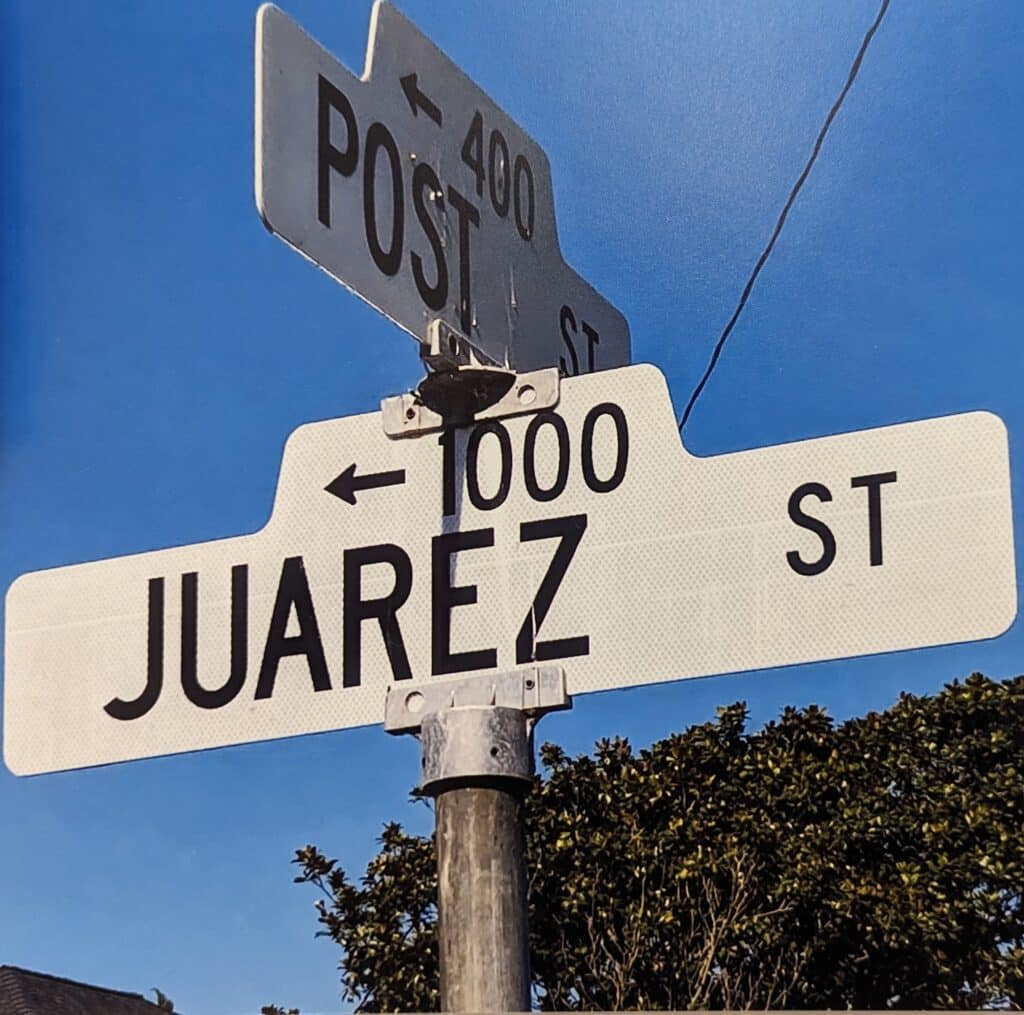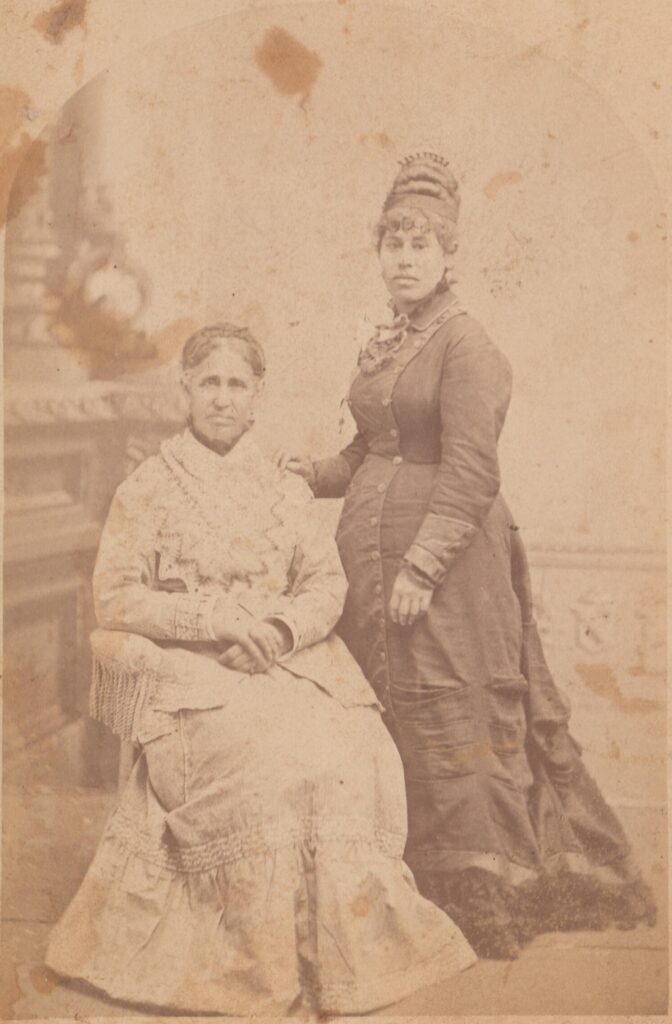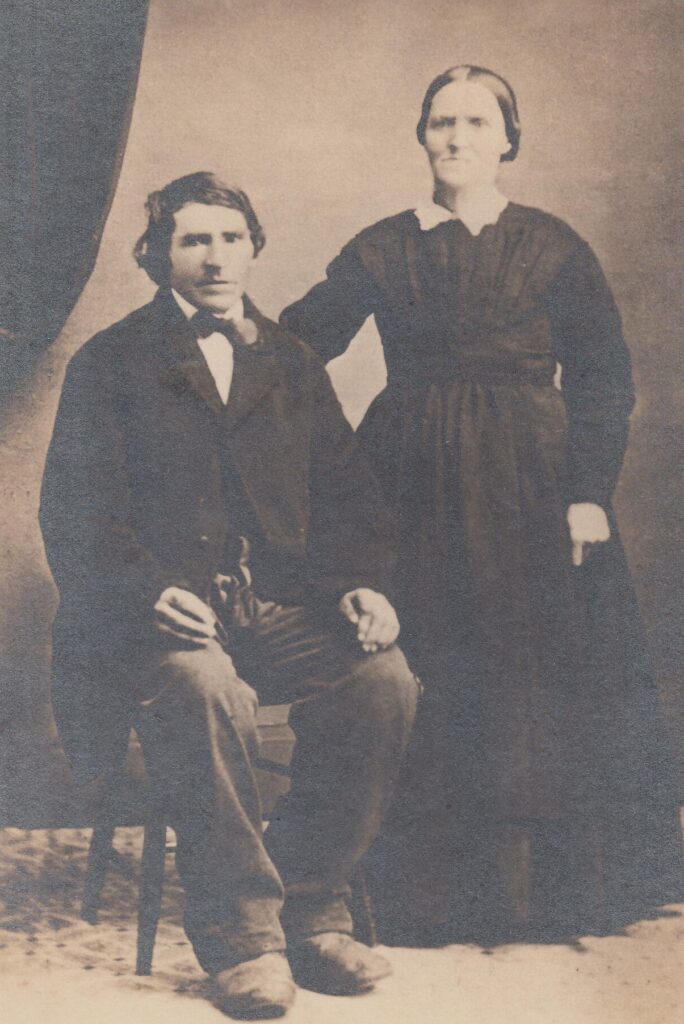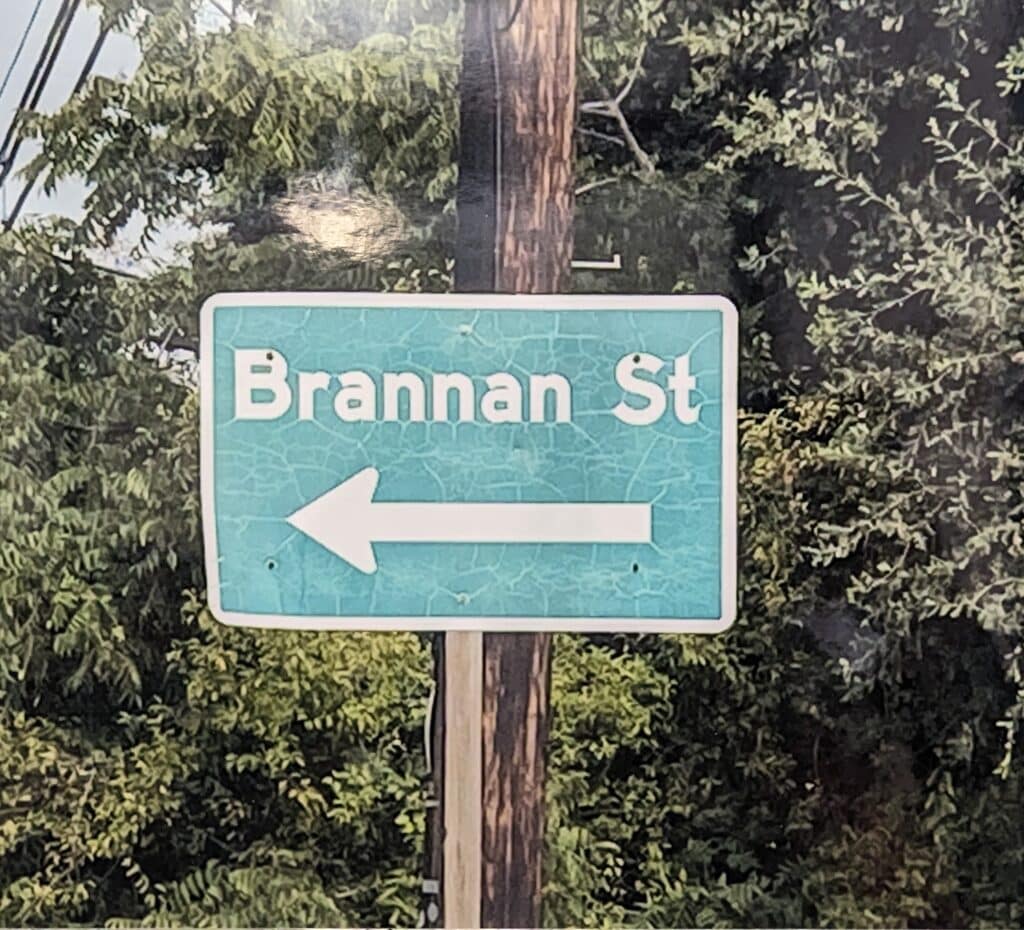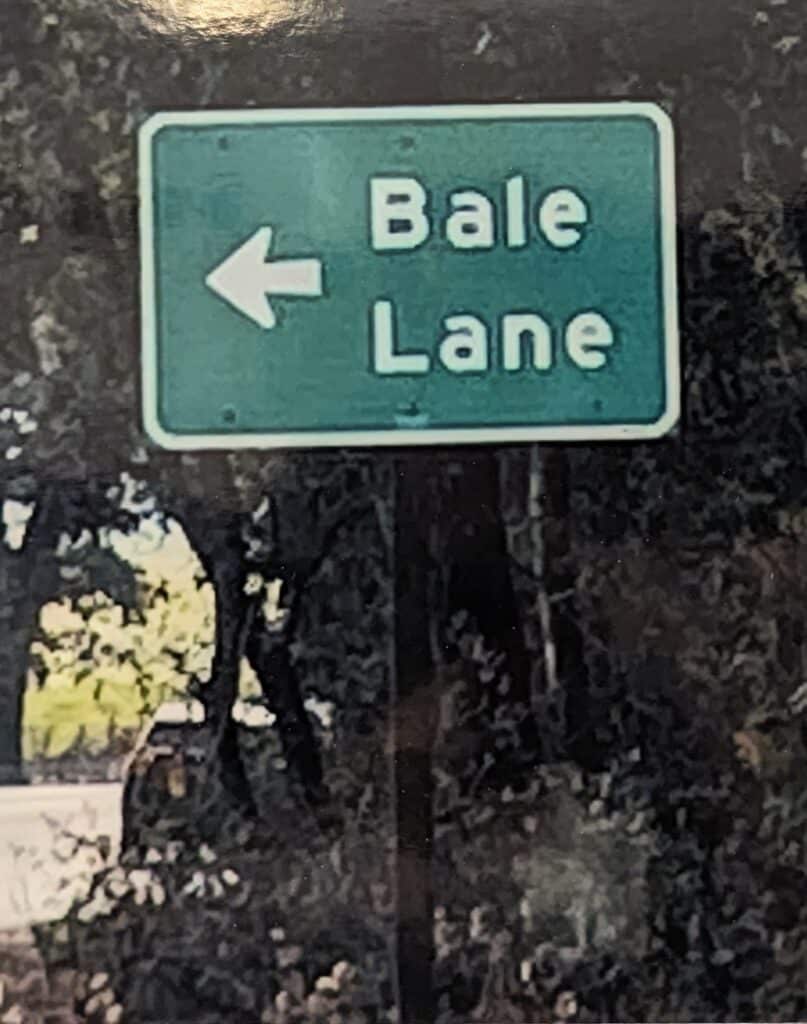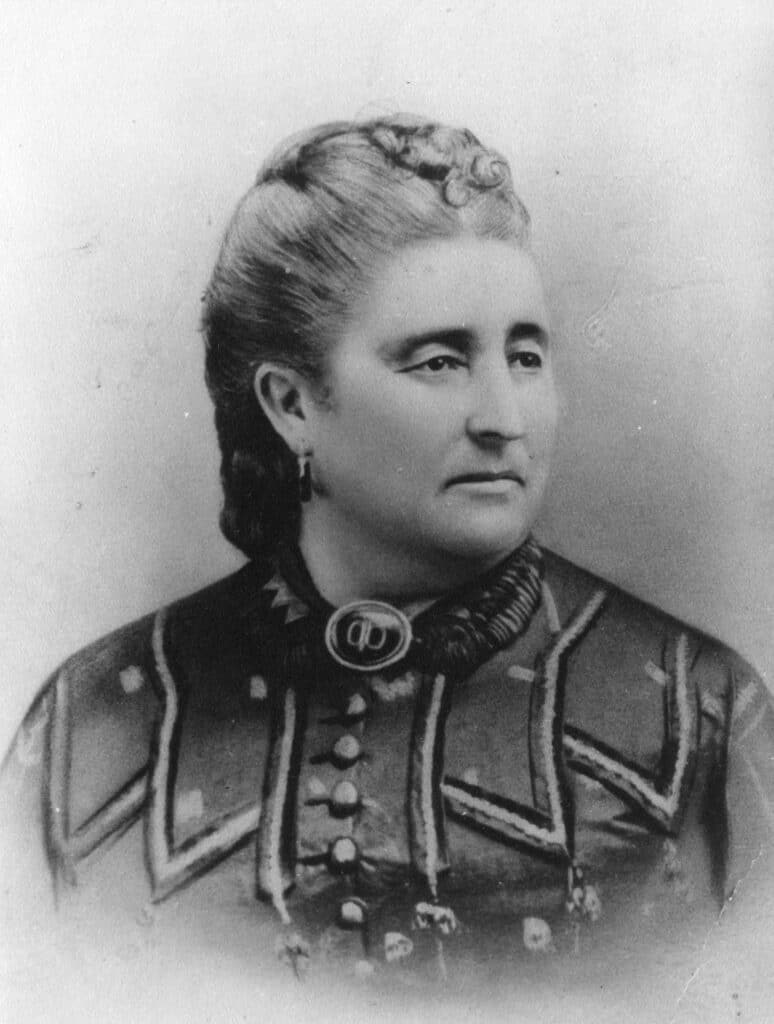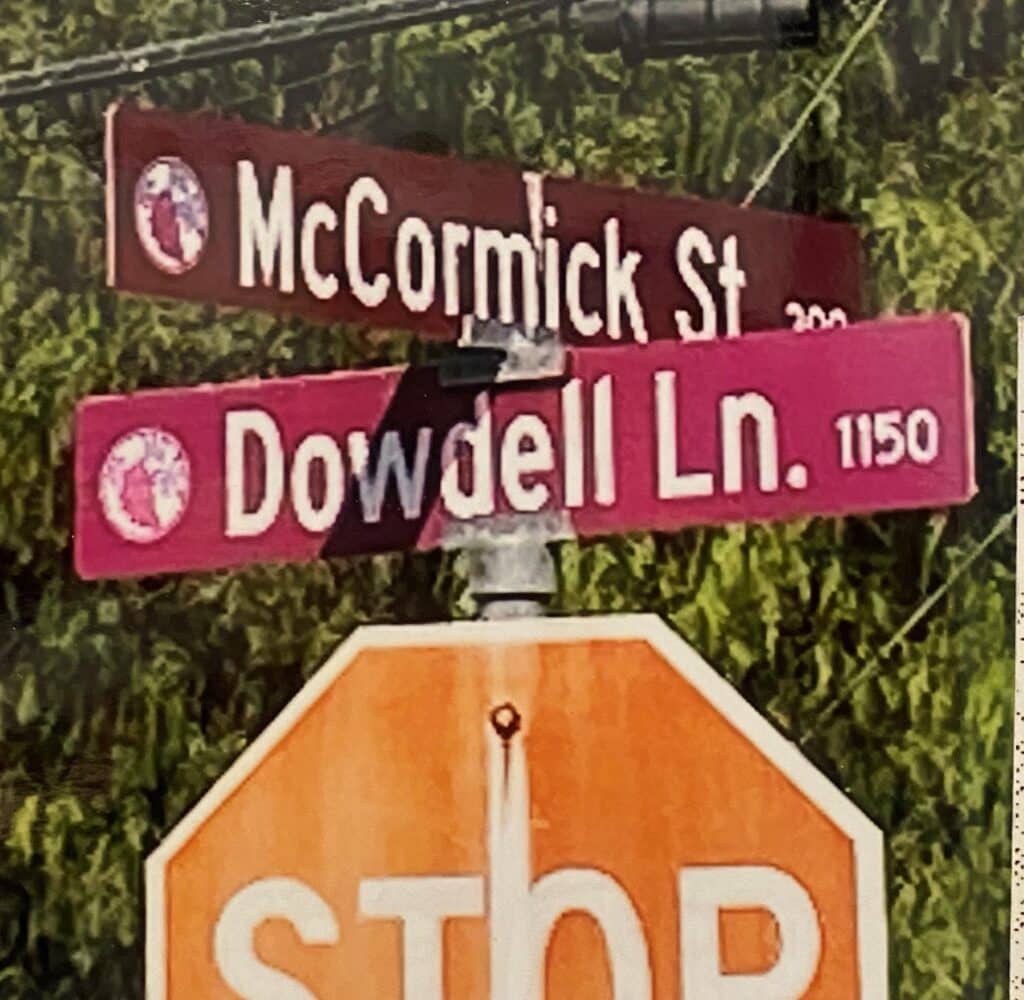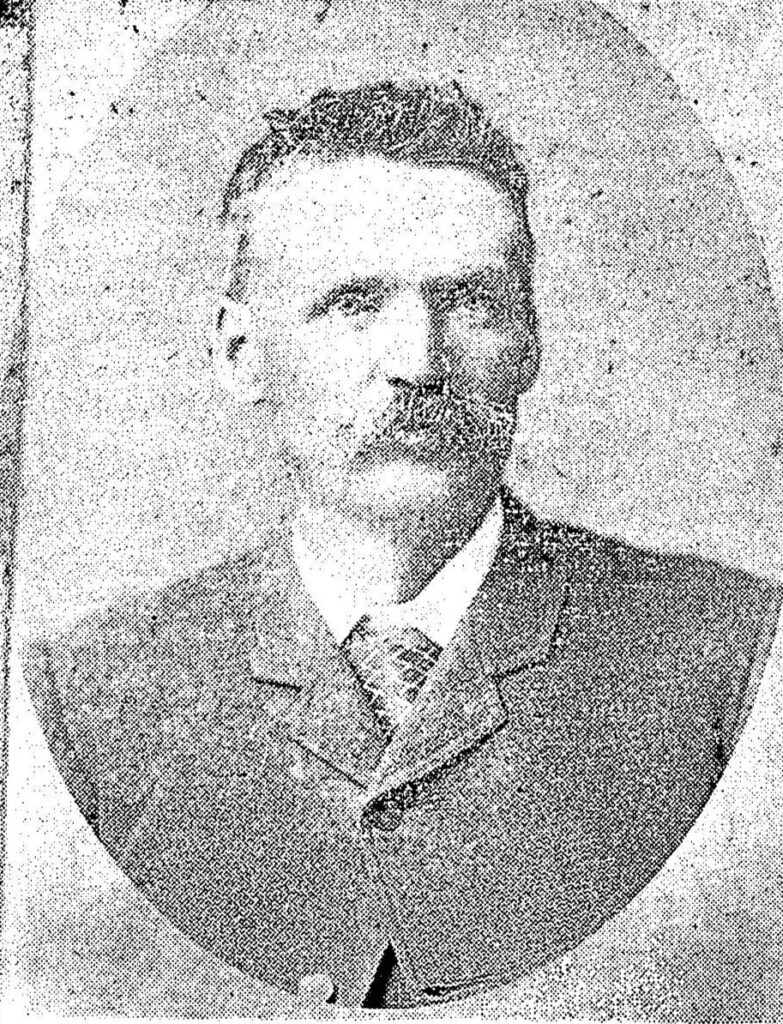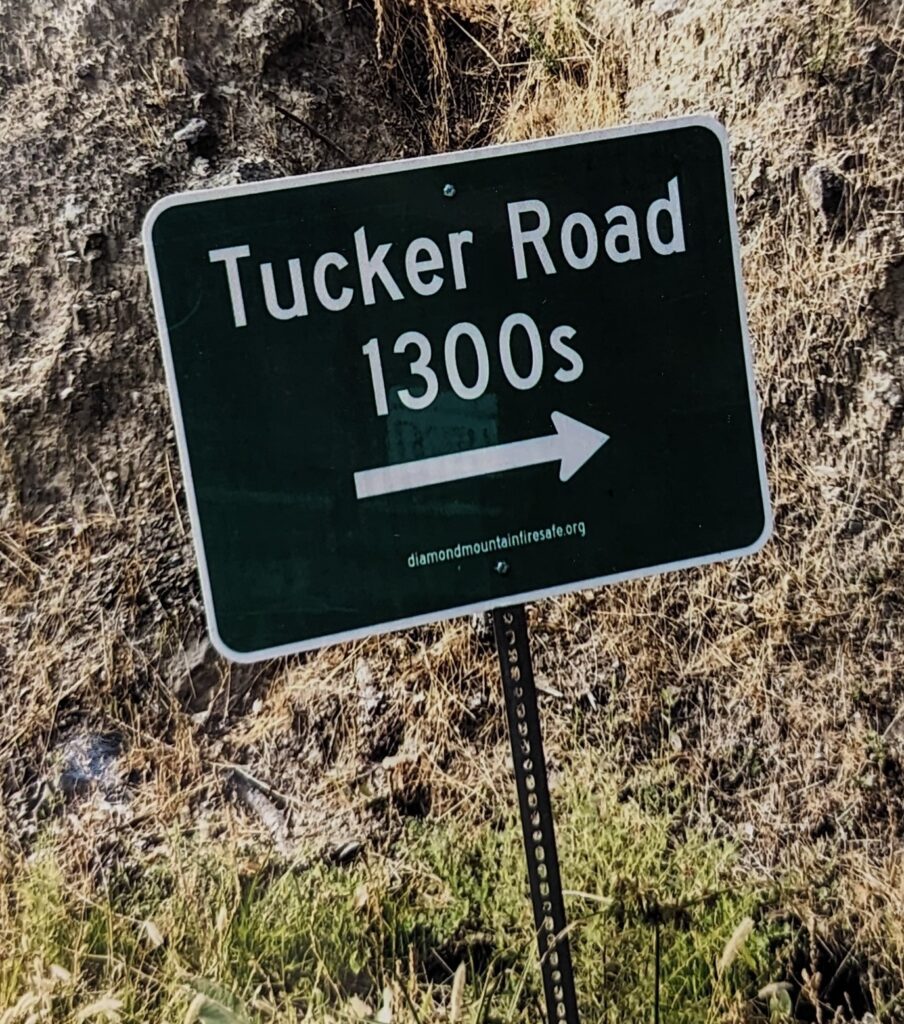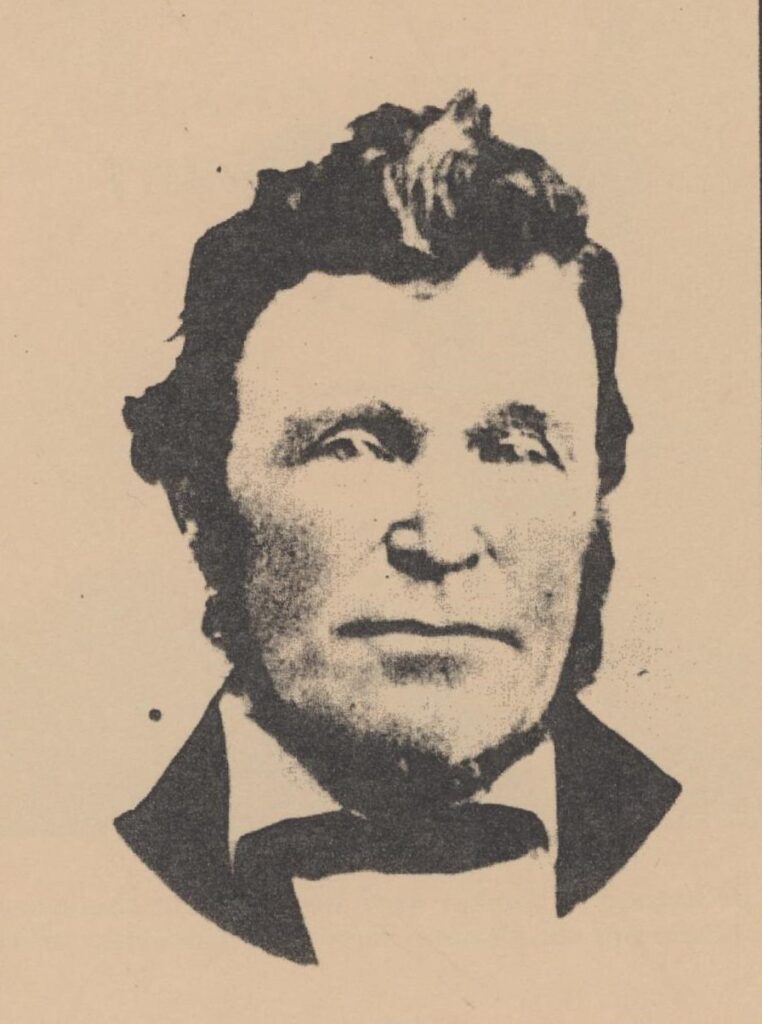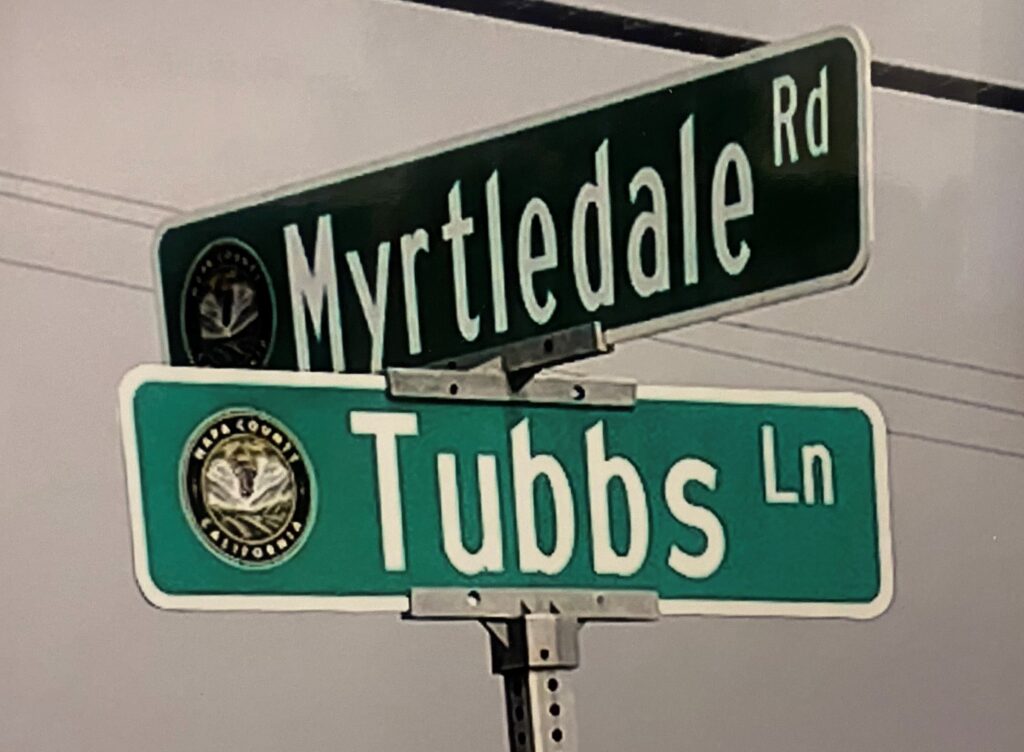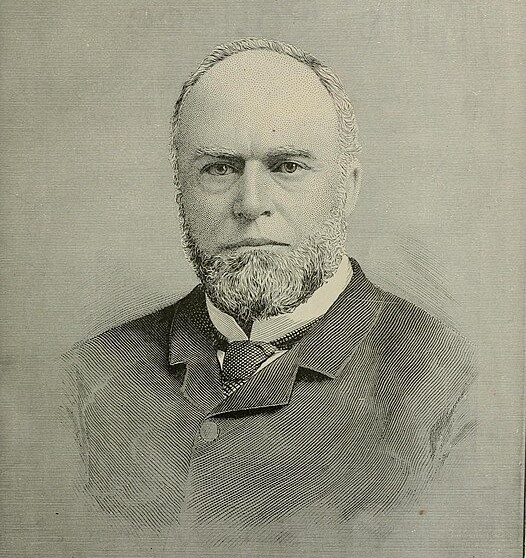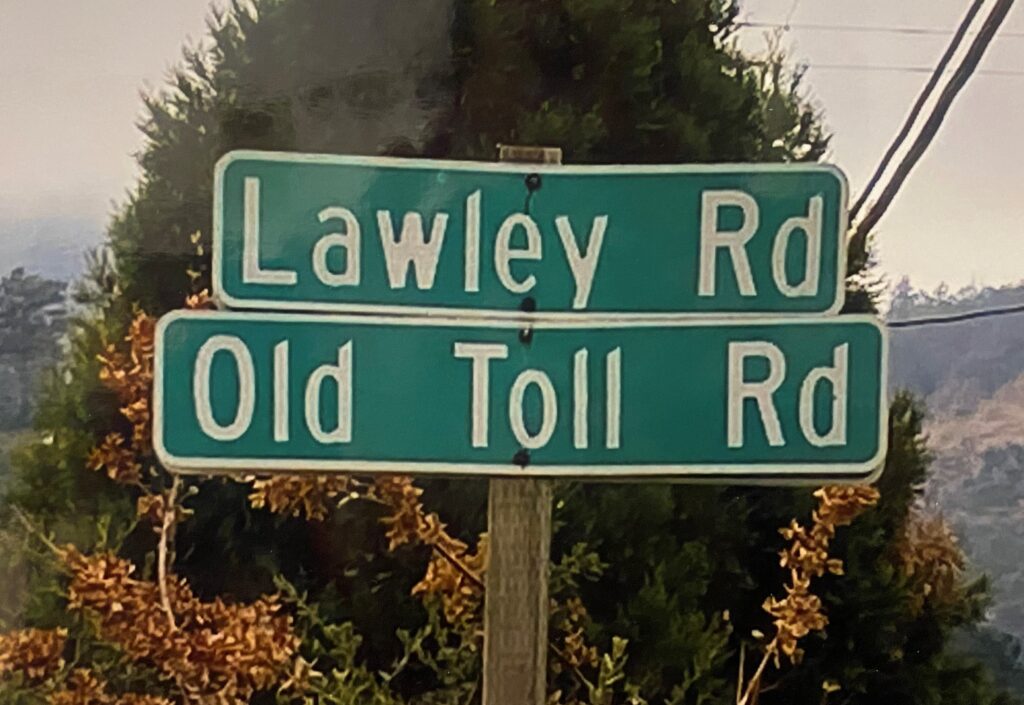PLace Names
Early historic immigrants adopted many of the existing Wappo and Patwin place names. In fact, the majority of Mexican Ranchos adopted the name of the villages they surrounded, such as Caymus, Tulucay, and Napa. The one exception is Mount St. Helena named by Russian colonists in the early 1800s before the period of mass historic migration. As the immigration population grew, naming shifted to surnames, identifying roads and towns. Yountville, Rutherford, Pope Valley, Chiles Valley, and Brown’s Valley all carry the surname of an early immigrant. As the fame of Napa Valley’s mineral waters and beauty spread, naming was used to promote these attributes. The name Calistoga is a combination of California and the renowned New York resort Saratoga.



